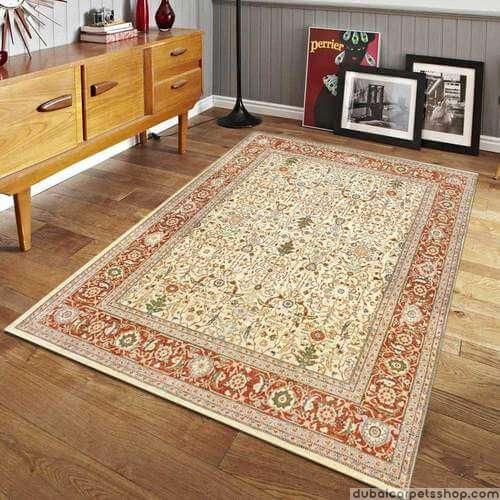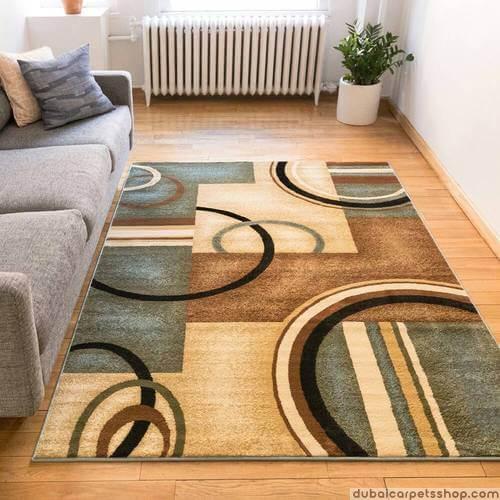Persian rugs
Persian rugs are renowned worldwide for their exquisite beauty, intricate designs, and rich history. These handcrafted rugs have been a symbol of luxury and sophistication for centuries, and they continue to be highly coveted by collectors and enthusiasts around the world. In this blog post, we will delve into the fascinating world of Persian rugs, exploring their history, craftsmanship, and cultural significance.
Persian rugs are handwoven textiles made in Iran (formerly known as Persia). They are traditionally made using natural materials such as wool, silk, and cotton, and are known for their intricate designs and high quality craftsmanship. The history of Persian rugs dates back to ancient times, with evidence of their existence dating back to 500 BCE. Persian rugs have been woven for kings, nobles, and the general public for centuries.
One of the defining characteristics of Persian rugs is their intricate designs. These designs are often inspired by nature, with patterns featuring flowers, vines, and animals. Some of the most common motifs used in Persian rugs include the Herati pattern, which features a flower surrounded by four leaves, and the Boteh pattern, which resembles a paisley or teardrop shape. These patterns are often complemented by a wide range of colors, with many Persian rugs featuring vibrant shades of red, blue, and green.
The craftsmanship involved in creating Persian rugs is nothing short of extraordinary. The process of weaving a rug is a labor-intensive and time-consuming process that can take months or even years to complete. Each rug is made using a loom, with the weaver carefully selecting and knotting individual threads to create the intricate patterns and designs. The density of the knots in a rug is measured in knots per square inch (KPSI), with higher KPSI rugs being considered of higher quality.
In addition to their beauty and craftsmanship, Persian rugs also hold significant cultural and historical value. They have played an important role in Persian culture for centuries, with many rugs featuring designs that reflect Persian history, religion, and traditions. Persian rugs were also highly valued by traders and merchants, who would trade them for goods such as spices and precious metals. As a result, Persian rugs have been exported and appreciated by cultures around the world, becoming a symbol of luxury and sophistication.
When shopping for a Persian rug, it is important to consider several factors, including the size, material, design, and craftsmanship. The size of the rug should be chosen based on the intended use and the size of the room it will be placed in. The material should be chosen based on personal preference and durability, with wool being a popular choice for its natural durability and softness. The design should reflect personal taste and style, with some designs being more traditional and others more modern. Finally, the craftsmanship should be carefully considered, with higher KPSI rugs being of higher quality and value.
In conclusion, Persian rugs are a fascinating and highly coveted form of art and craftsmanship that have played an important role in Persian culture and history for centuries. These handcrafted rugs are known for their exquisite beauty, intricate designs, and high quality craftsmanship, and are valued by collectors and enthusiasts around the world. By understanding the history, craftsmanship, and cultural significance of Persian rugs, we can better appreciate their beauty and the artistry involved in their creation.

%20(2).jpg)

Comments
Post a Comment